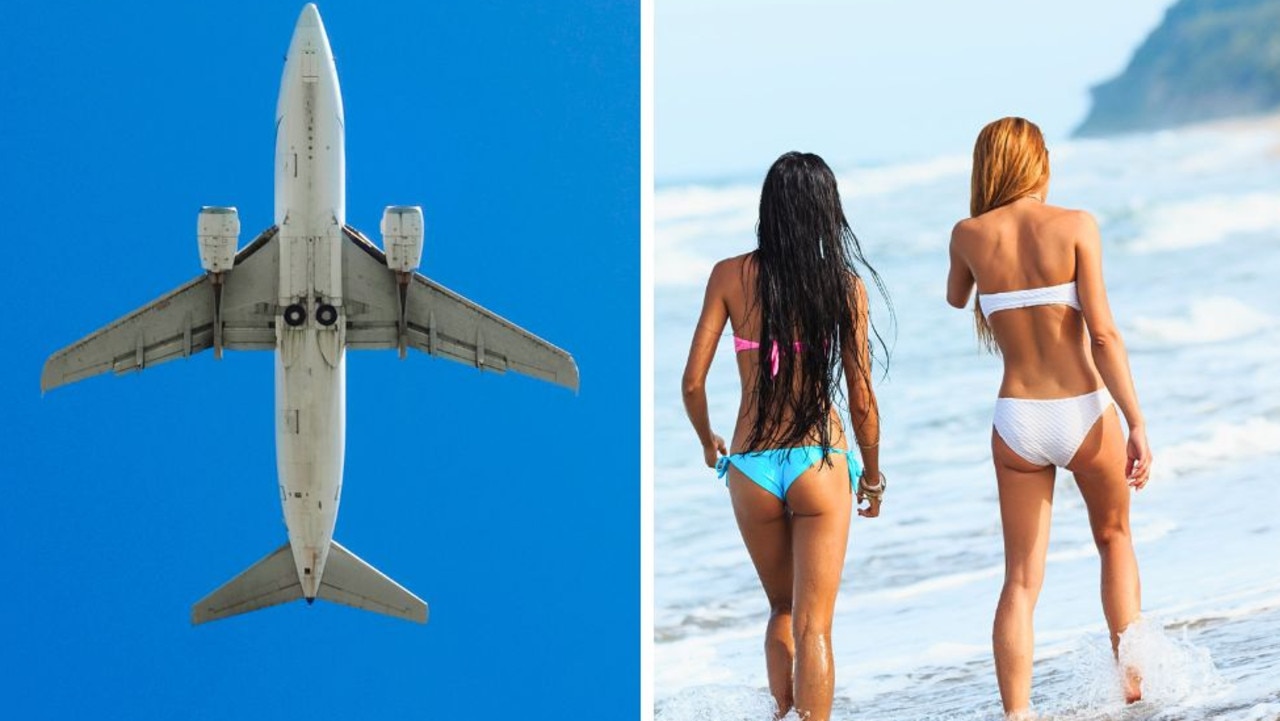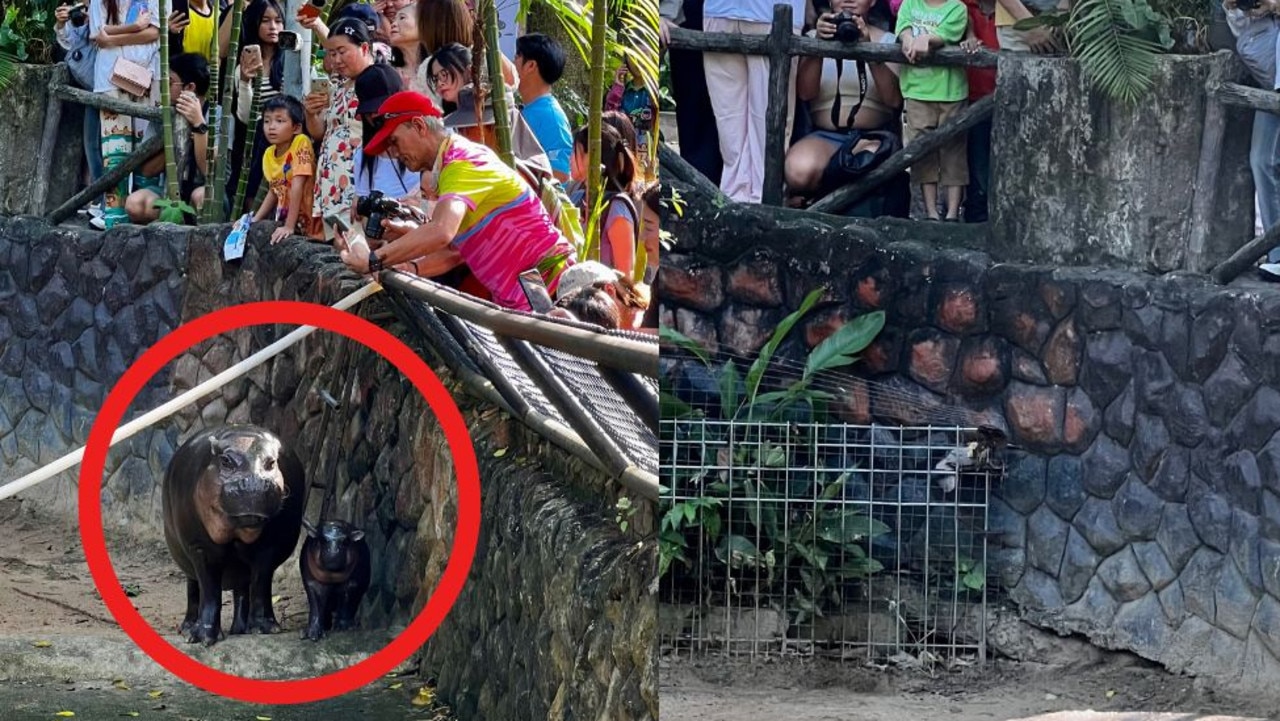The former war zone Australians are racing to visit
For a while, this city was the most devastating place on the planet — and it’s known for little else. But all of a sudden, Aussie tourists can’t stop visiting.
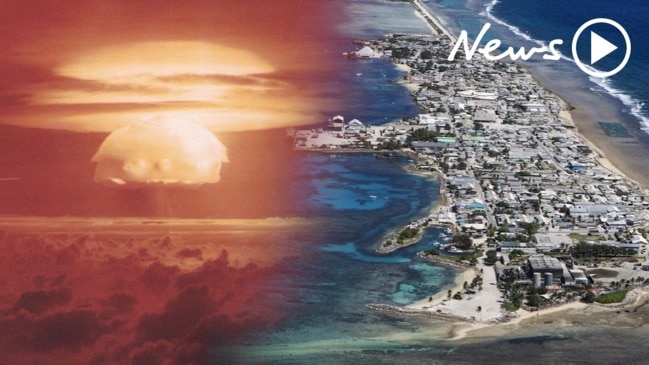
Australians still love Bali as much as ever, but there are other destinations that have been getting us a bit more excited.
Mastercard has released its latest Asia Pacific Destinations Index, which reveals the Asian destinations we’re travelling to the most — as well as the Australian hot spots overseas tourists are visiting.
The report shows Bali, one of Australia’s top overseas holiday destinations, remains a firm favourite, with Aussie visitors growing 11.9 per cent a year on average since 2009.
Our spending in Bali is also on the rise, up 11.7 per cent a year.
The number of Australians visiting another popular Indonesian destination, Lombok, has grown 16 per cent a year on average in the past decade.
But a new Aussie favourite is on the rise: the Japanese city of Hiroshima, which is infamous for the atomic bomb blast that effectively ended World War II.
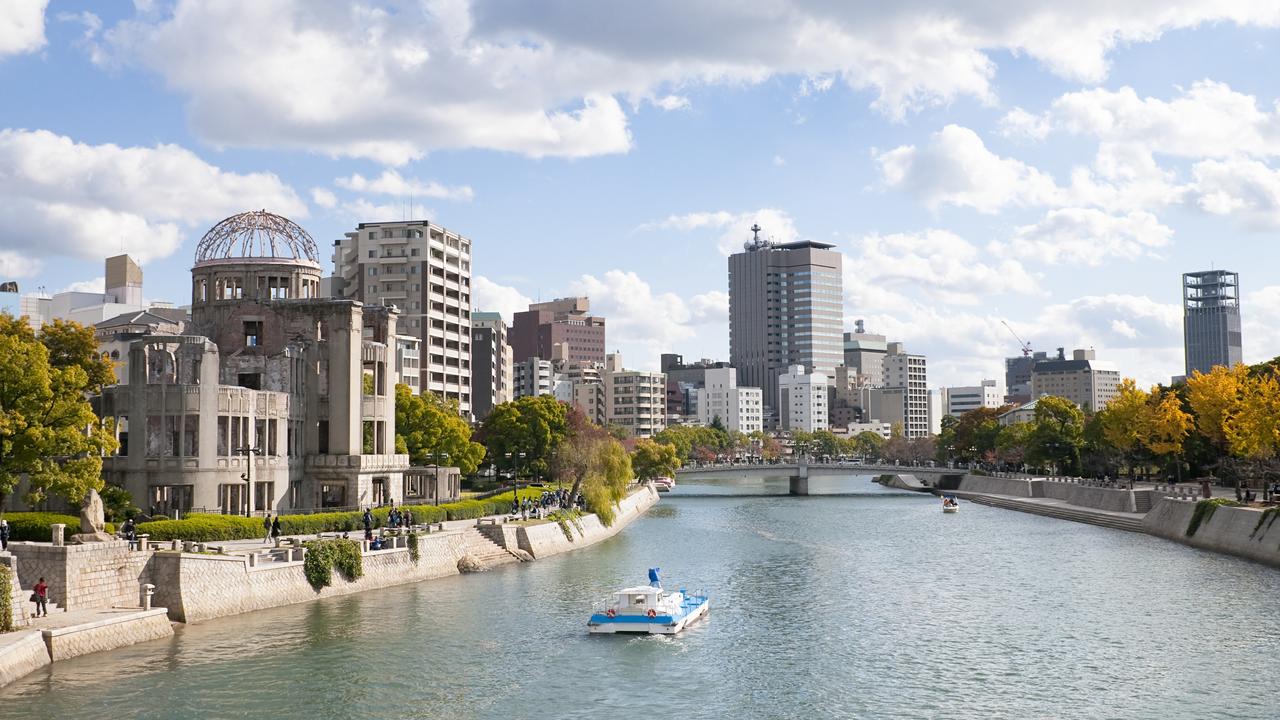
The number of Australians visiting Hiroshima has grown 42 per cent a year on average since 2009, according to Mastercard’s research.
While it is now a peaceful and thriving city, Hiroshima — about four to five hours from Tokyo by bullet train — has been described as a gripping example of “dark tourism” or “battlefield tourism,” which includes Nazi concentration camps in Europe, Cambodia’s torture prison and killing fields, and Manhattan’s 9/11 memorial.
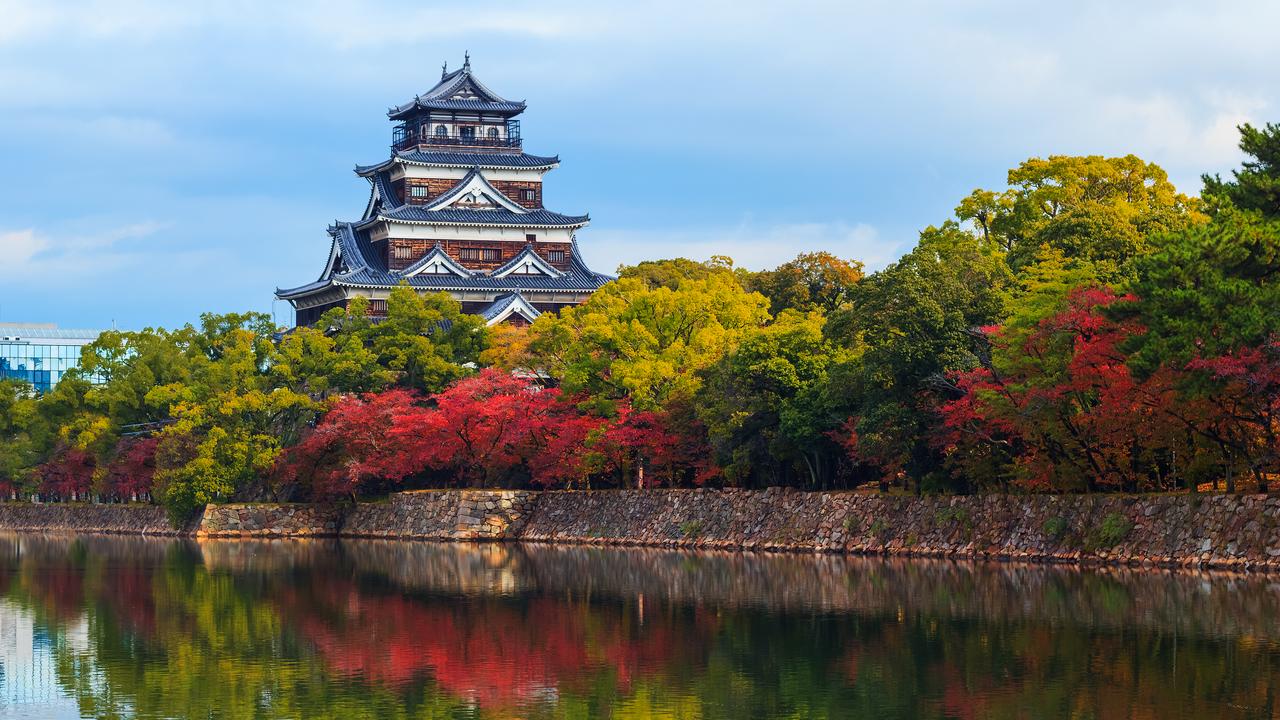
In 2013, the Hiroshima Peace Memorial Museum attracted a record high of 200,086 foreign tourists, fuelled by positive TripAdvisor reviews.
Local officials said at the time a growing number of tourists were interested in studying the burnt wreckage and painful witness testimonies from August 6, 1945, when the United States dropped the atomic bomb on Hiroshima.
Another compelling tourist attraction is the Atomic Bomb Genbaku Dome, which became a UNESCO World Heritage Site in 1996.
When the bomb dropped, it exploded just above the building and didn’t totally destroy it, leaving eerie ruins of the building.
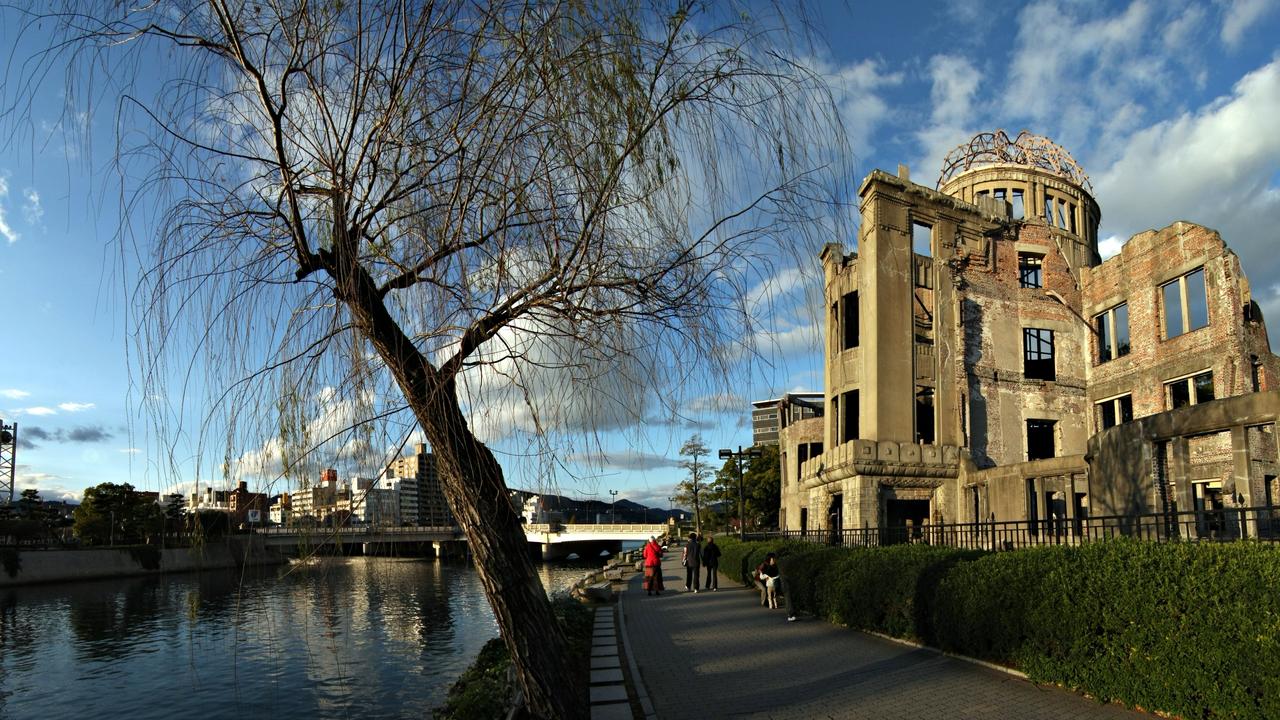
Elsewhere, Mastercard’s research suggests Sri Lanka and India are attracting more and more Australian travellers.
In Sri Lanka, there’s been an average annual growth across the board since 2009 for visitors to Kandy (20.1 per cent), Galle (20.3 per cent) and the capital, Colombo (15.9 per cent), while visitor numbers in Ahmedabad (23.4 per cent) and Bengaluru (6.4 per cent) in India have also grown.
The number of Australians visiting Fiji is also on the rise, growing 4.4 per cent a year on average since 2009.
Mastercard’s research also reveals the most popular Australian destinations among foreign visitors.
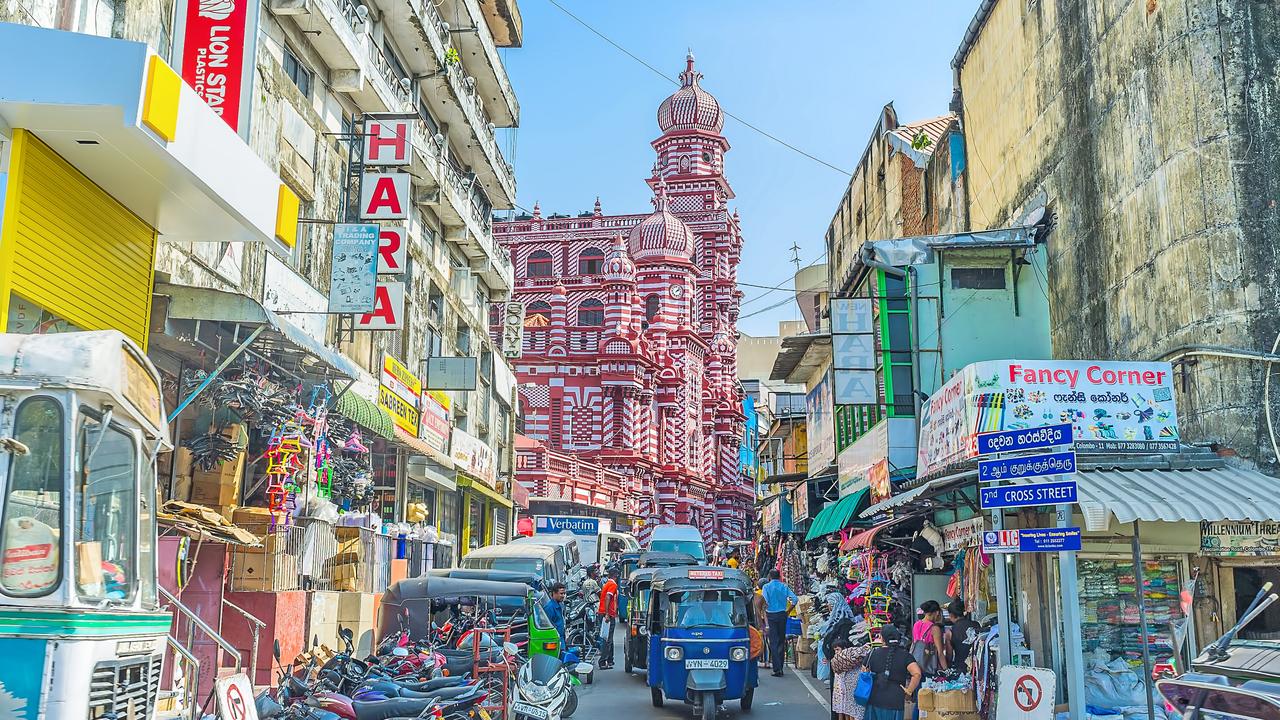
Since 2009, Hobart has recorded a 27.1 per cent average annual growth in visitors from Mainland China, while the number of Chinese visitors to Canberra has grown 17.9 per cent on average.
Of all Australian cities, Canberra has recorded the biggest increase in expenditure by foreign travellers — an average of 12.2 per cent a year.
In Sydney, tourist spending has increased by about 6.5 per cent a year on average over the past decade, rising from $6.68 billion to a whopping $11.82 billion.
In terms of where that money is being spent, Mastercard says 29.4 per cent goes towards accommodation, 15.8 per cent on food and beverages, 14.4 per cent on shopping, 8.2 per cent on local transport and 5.4 per cent on local services.

